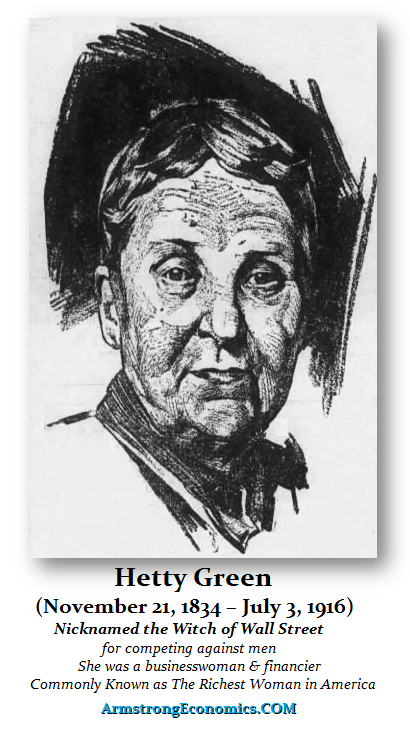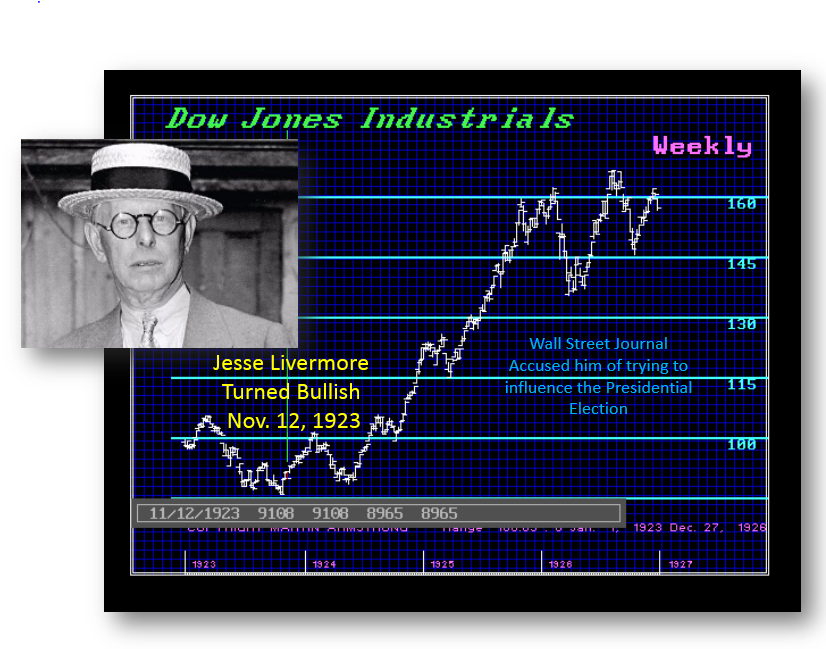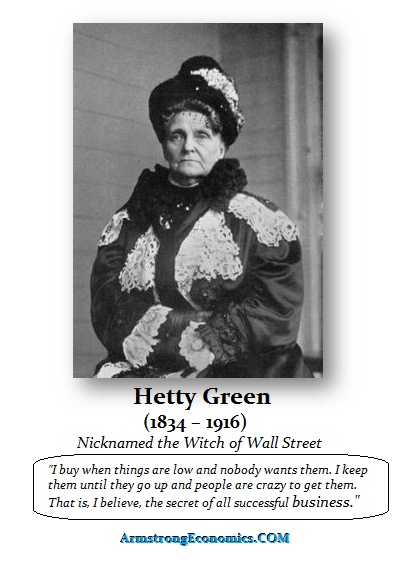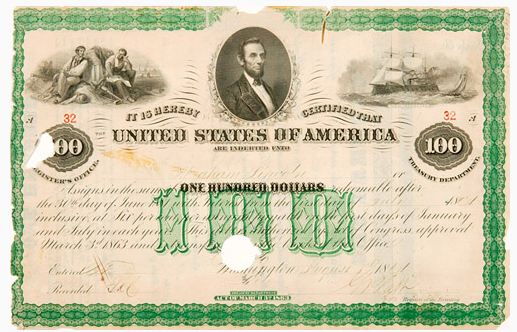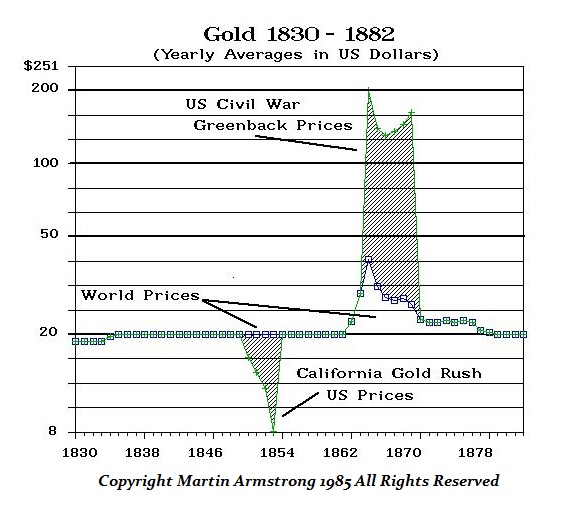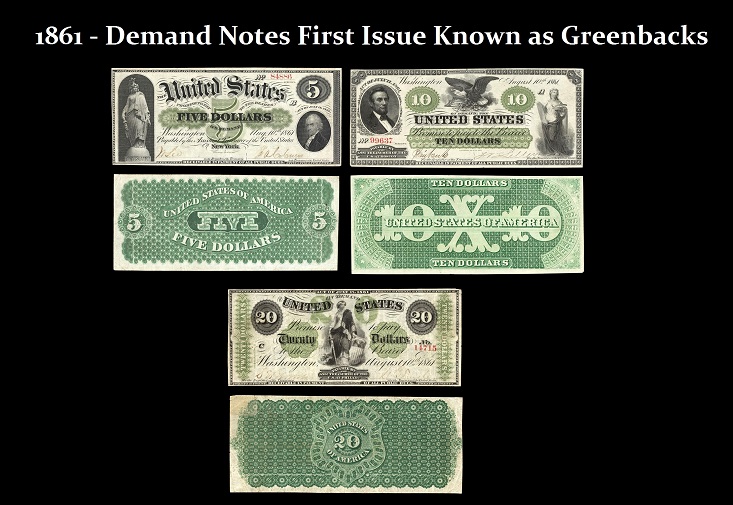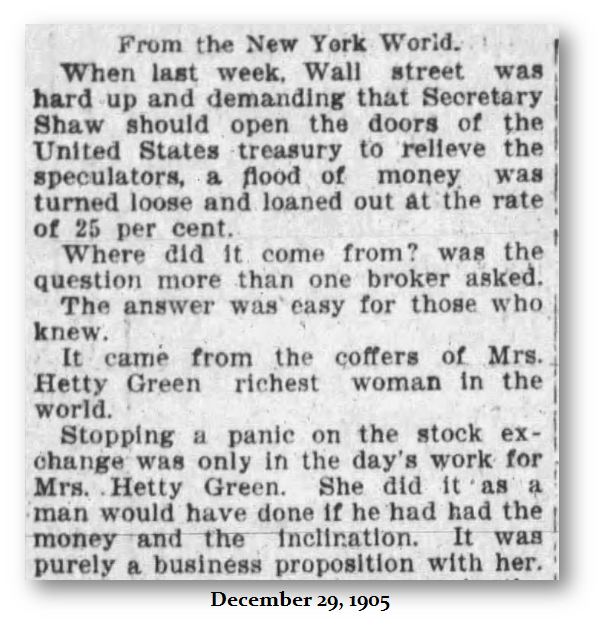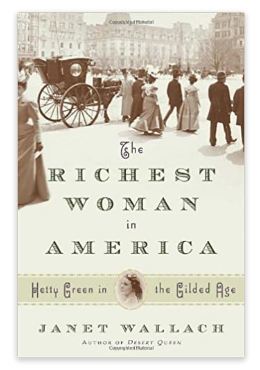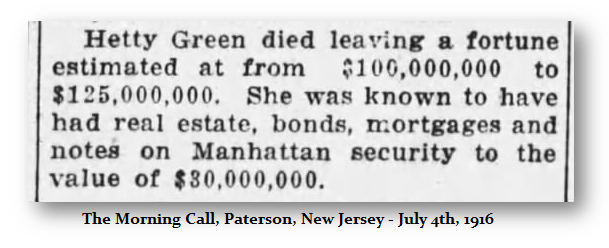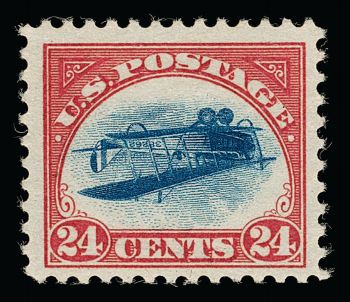QUESTION: First I want to thank you for your guidance. You have helped me understand markets where I can see I was clueless before. You seem to be a contrarian. I take that is why you say the majority must always be wrong. Have you learned this to be the best way to look at the world?
Thank you for shining a light in these dark times.
GR
ANSWER: The greatest traders of all time have always been contrarians. They can see the patterns within patterns and how history repeats right before their eyes. Jesse Livermore (1877–1940) turned bullish in 1923. He could see the bull market coming. The Wall Street Journal accused him of turning bullish to influence the presidential elections. When they were proven wrong, the WSJ simply refused ever to quote Jesse ever again. Many have pointed out that Barrons had reported that our model was calling for new highs back in 2010 more as a joke. They have never reported ever again how it was correct. It appears that the media does not like it when they are wrong and will retaliate.
Hetty Green (1834-1916) was a woman in a man’s world. She became not just one of the wealthiest and most astute investors in American history, but she became the richest woman perhaps in the world. Hetty was known for her extreme frugality, which was exploited by her adversaries and made for good copy in the press. They dubbed her the “Witch of Wall Street” because she was such a good trader her wealth could outdo even the top ten Wall Street bankers in her day. She was in reality a woman during the era of robber barons when deals were done in dark oak wooden rooms filled with cigar smoke clouds that you would think it was going to rain.
Her reputation as the “Witch of Wall Street” was undeserved and today they would call it sexist. Hetty was the first female billionaire in modern terms who would be worth $10 billion+ in 2021. When she died in 1916, she was worth between $100-$125 million when a dollar was really worth something. She actually despised many of the titans of industry and finance of the day for their predatory ways and profligate spending. She actually sympathized more with the average hardworking citizen, yet she followed in her father’s Quaker footsteps.
Hetty Green was the woman of the Gilded Age. Few men could compete with her mentally. Hetty was abandoned at birth by her mother and she was viewed as a female by her father. Against this backdrop, Hetty set out as a child to prove she was of substance and had value. She followed the simple rules of her wealthy Quaker father, and always was extremely frugal. She would accompany him to the counting houses, storehouses, commodities, and stockbrokers. She observed trading from an early age and clearly saw the patterns within patterns.
While she inherited money, she understood trading. Perhaps her greatest trade was buying greenback bonds during the Civil War and into the panic of 1869. Some painted it as she never lost faith in America’s potential, but from a practical standpoint, she could see that the North was the industrial hub against the South which was agricultural. Others claim she just ignored the herd mentality and took advantage of financial panics and crises.
Indeed, during the civil war, Hatty bought federal bonds when the greenback would collapse against gold. In 1862, the greenback declined against gold until the end of the year when gold was trading at a 29% premium to the paper greenbacks. The following year, by the spring of 1863, the greenback collapsed to $152 against $100 in gold. After the Gettysburg victory, the greenback bounced back to $131 to $100 in gold. Then came 1864 when General Grant was making very little headway against General Lee. When it looked bleak in 1864, that is when the Greenback collapsed to its lowest point reaching during July 1864 briefly $258 greenbacks to $100 in gold.
The Greenback began to recover, dropping back to the $150 level. Congress limited the total issue of greenbacks to $450 million, which helped to support their value. Then the Panic of 1869 hit, and Greenbacks fell again to $162.50. Hetty made a fortune buying the Greenbacks at the lows. Then in December 1878, Congress made the Greenbacks on par with gold. What bonds in Greenbacks she was buying, she gained not just the interest but also about doubled her money on this trade alone.
Therefore, Hetty bought railroads, real estate, and bonds. She could smell blood in the streets, as they say in financial markets, and she was there to buy it up. Men mocked her, and women scoffed at her frugal ways. Nevertheless, she had thick skin, and because she would buy in the panics and win, they called her the “Witch of Wall Street.” Yet, she even supplied the loans that kept the city of New York itself from going bankrupt. Even when the markets panicked, Hetty looked at the trend and had a nose for seeing the market. She would be there lending money at 25%.
Hetty is said to have relished a challenge. When her aunt died and did not leave Hetty the fortune she expected, she filed a groundbreaking lawsuit that still resonates in law schools and courts. When her husband defied her and sank her money on his own risky interests, she threw him out and, marching down to Wall Street, quickly making up the loss. Her independence, outspokenness, and disdain for the upper crust earned her a reputation for the harshness that endured for decades. Yet, those who knew her admired her warmth, her wisdom, and her wit.
When Hetty died, she did leave a fortune.
Her son, Edward Howland Robinson Green (1868-1936), was not so frugal and spent $3 million on coins and stamps. He was an avid collector and bought the famous sheet of 100 inverted airmail stamps in 1918, paying $20,000. The last example sold a few years ago and brought in $1.3 million. He also had bought all five of the known 1913 Liberty Head nickels, one sold for $3.2 million in 2014, and as many as seven of the rare 1838-O half dollars which will bring up to $750,000 today. He also held dozens of high-grade 1796 quarters which will bring $225,000+.

